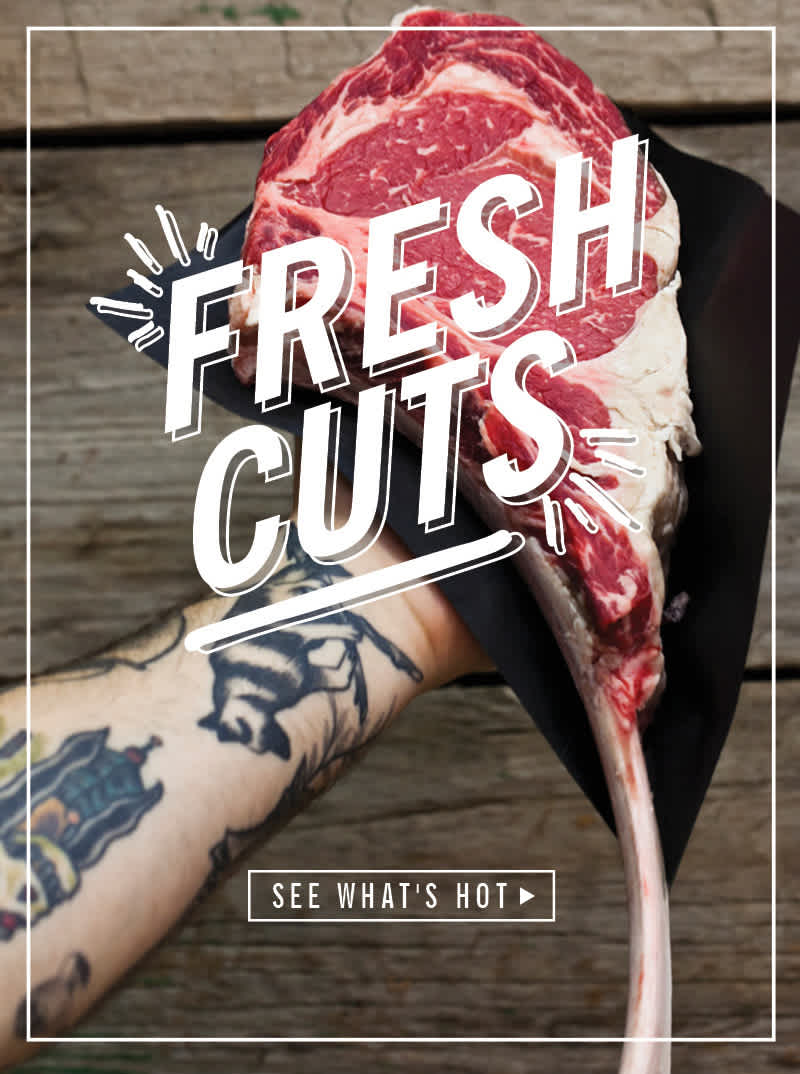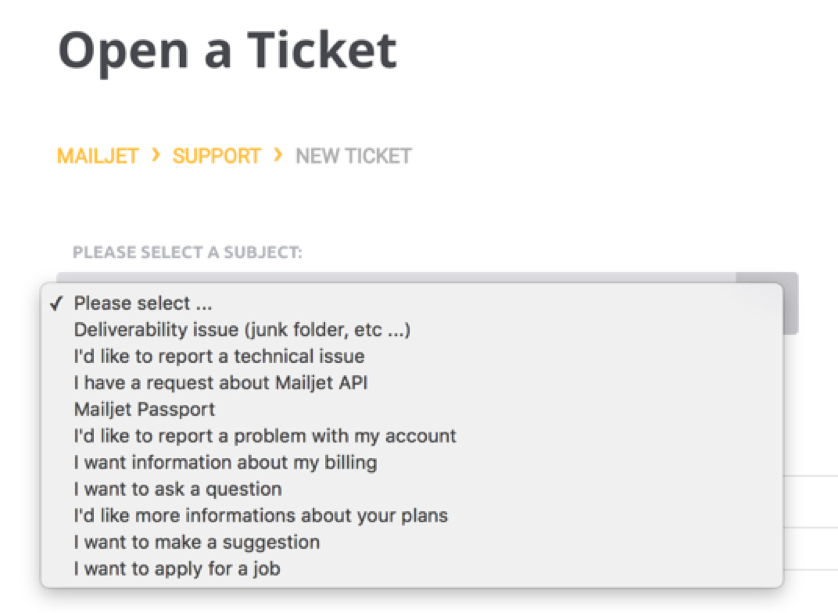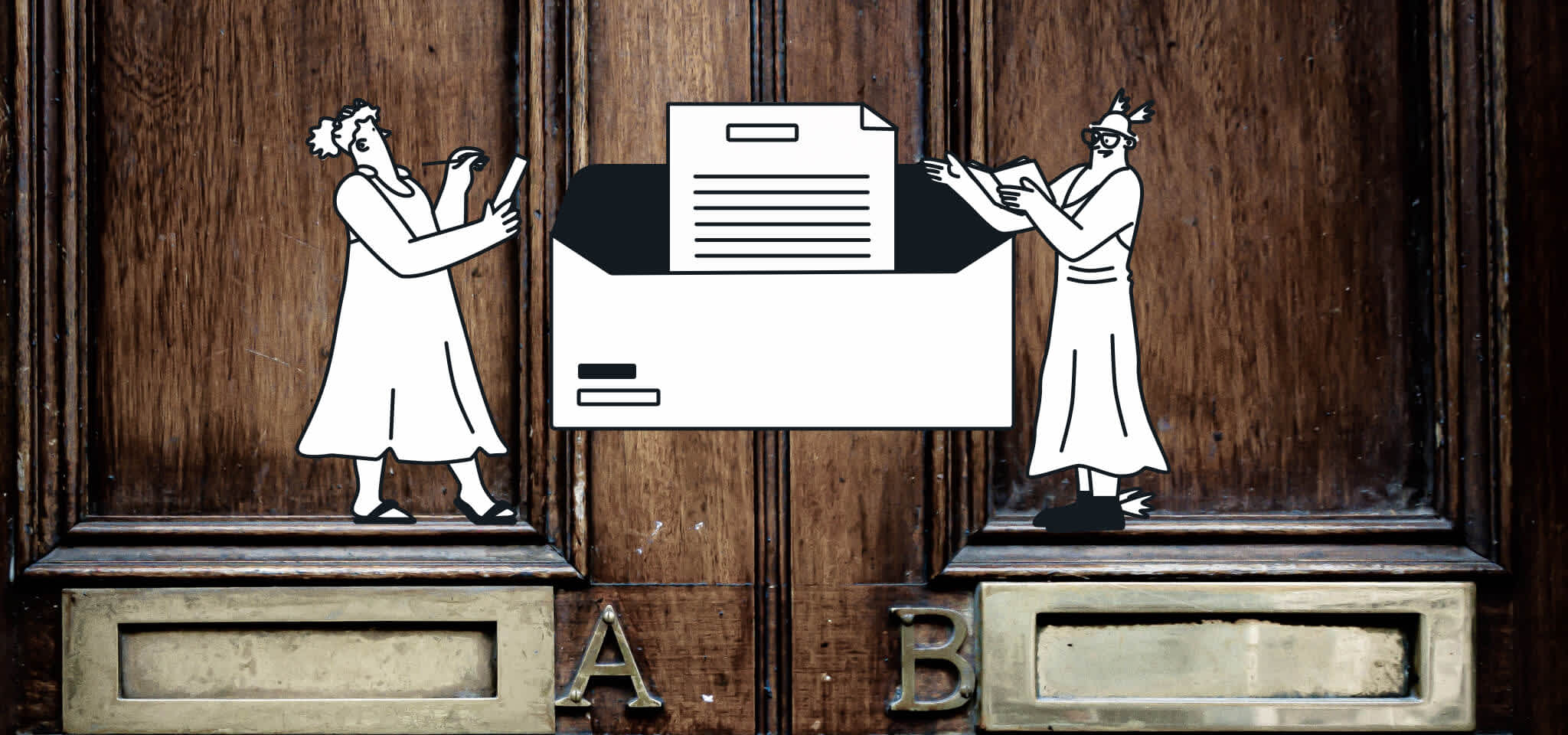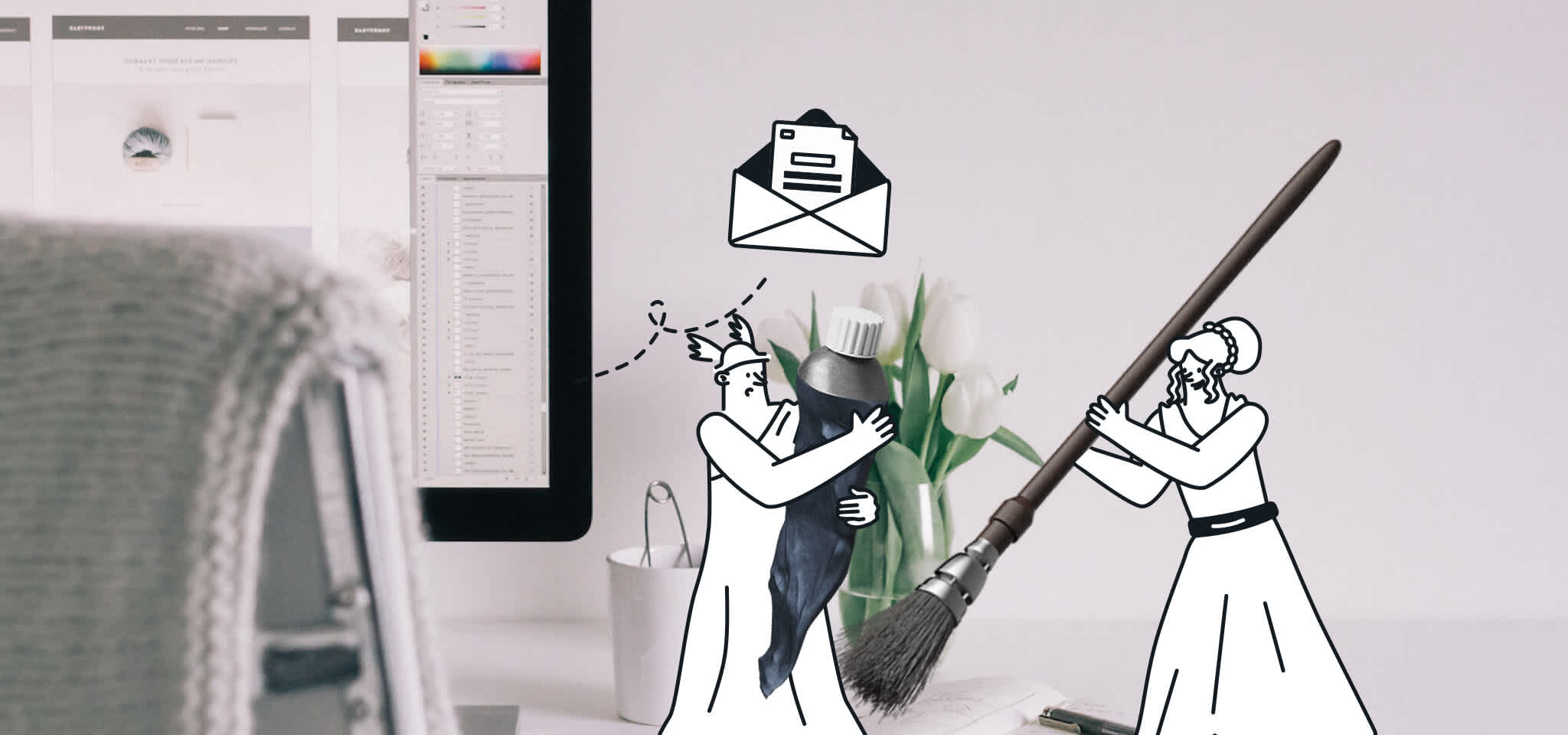Home
The Mailjet Blog
Email best practices
Stocksy United's 7 Tips For Crafting Standout Marketing Emails
Email Best Practices
Stocksy United's 7 tips for crafting standout marketing emails
We caught up with Stocksy United’s Creative Director Sarah Reid to learn more about their process and how to make rad marketing emails that set you apart.

PUBLISHED ON
We know mastering the art of crafting visually powerful emails can sometimes be a daunting experience. Pictures, CTAs, text, headings... Combining all these elements in a coherent and harmonic way is like decorating a house - just like those tribal masks you really love that don't seem to look good anywhere, and that awful vase your mother-in-law gave you, which is more her style than yours, but you're forced to keep.
Sounds familiar? We're here to help you up your email game? We caught up with Stocksy United’s Creative Director Sarah Reid to learn more about their process and how to make rad marketing emails that set you apart from the competition and force you to have some fun.
Table of content
1. Get organized
2. Finesse your tone
3. Segment, segment, segment
4. What you see is what you get
5. Make it move
6. Ready? ACTION!
7. Have fun with it
Stocksy United's Tips For Crafting Marketing Emails
1. Get organized
Before blindly diving in head first, step back, take an assessment and choreograph a cohesive schedule for your quarter’s mailers (or whatever period of time works best for you). Build out your calendar by cross referencing other marketing initiatives and promotions for a rock solid plan.
Quarterly, our little marketing team at Stocksy maps out the marketing plan for the season including themes for our emails. Being a small troupe (writer, designer, and creative director) allows us to be fluid in our process. We use high-tech coloured post-its to schedule everything on a big calendar — from blog posts to ads, promotions and newsletters — and then move them around constantly as we adapt to our ever-changing schedule.
Find out whatever platform works best for you (I get it if post-its aren’t your ideal organization application) and implement a system so you stay consistent and remain on the ball.
2. Finesse your tone
Authenticity is a painfully overused word in marketing (#genuine #authentic #blessed), but I’m using it anyways because it’s so important — find your real, genuine, authentic voice. Not in a trendy way but in an honest way. Once you strike your true tone, it’s easy to talk with and relate to people because you’re just being you, having a conversation about something you want to share. Reference your business plan and company ethos to help jostle your memory as to who your business is, what it cares about and how it makes friends.
*Hint — If you’re stuck, A/B test your subject lines. Is the vibe of your business more casual? Opt for lowercase subject lines with a friendly tone. Title case tends to read more formally.

Check out this email here.
3. Segment, segment, segment
Get a clear picture of who and where your subscribers are and talk to them in a relevant context and manner. Segmented lists become incredibly important as you break into various localized markets and client personas. If your subscribers are global, be sure that you’re sending seasonally appropriate content to all of your users.
We found staggering increases in engagement as we began to segment our lists. A holiday mailer, for example, targeting Australia, which featured regionally and seasonally appropriate curations, saw a 20-30% increase in opens over emails being sent to our general promotions list.
For example, we’re careful to ensure cozy, snowy December emails don’t land in Australia over the holidays where they are in the throws of summer. That would immediately make them feel like we’re not considering them and therefore not having a real conversation.
Check out this email here.
4. What you see is what you get
Finding images that surprise, engage, and help to tell the email’s story is paramount. For example, let’s say we’re creating an email announcing a sale. Images A and B below are both gorgeous, have great usable copy space and are beautifully shot — all incredibly important when selecting images. Image B, however, re-enforces the concept of giving, has a lot of great usable copyspace on all sides and the relationship between the flowers and bird is pretty darned cute.
Invest in high resolution, high quality images. Your audience may not be able to tell why they don’t like the image, they just don’t. Do you like the image? Does it capture a moment? Is it unique? High quality images come from high quality photographers. You get what you pay for.
And finally, don’t ever use anything generic. The fastest way to make your email look like you run the most boring cardboard box factory on the planet is to insert an image that says nothing and looks like everything else. You’ve set you tone by now, and since you’ve segmented your lists, you know who you’re talking to, so push some boundaries. Choose images that make you feel something. Nobody wants to look at another photo of a woman laughing while she joyously eats a plain, dressingless salad (because we all know with firm conviction that nobody is that happy about plain salad).
Throw in some type and CTAs and you’ve got a rockin’ email!

5. Make it move
Ok, full disclaimer, we love a good animated GIF (like, a lot). Subtle (or not so subtle) animations bring a certain delightful fun to your subscriber’s inbox. Who doesn’t love dancing pickles or bulbs that light up?
We’re always striving to create emails that are engaging and fun, so we are constantly experimenting with design, subject lines, customized fonts, and playing with GIFs.
Check this email here.
6. Ready? ACTION!
What do you want the reader to do? People like direction. Nobody wants to have to traverse the deep, dark, forgotten corners of the internet to decipher how to get the deal, read more or sign up. Give them what they want. Create strong hierarchy with both your visuals and CTAs. Clarity is cool. And effective. Having clear calls to action increases reader engagement exponentially.
7. Have fun with it
If an email isn’t fun to design, it’s probably not fun to look at.
At the end of the day, we’re all trying to create emails that subscribers will open and engage with. The most important thing is to get inside the head of someone opening a newsletter. You’ve done that before, right? How did it make you feel? Could you tell someone was sadly droning away at their cubicle, trying to sell you something? Or did it make you feel like the people behind the brand were excited, inspired, happy and having a laugh while making it?
Try brainstorming first thing in the morning when your brain is at its freshest. Get some ideas down before you check you emails. And don’t be afraid to take risks and try new things as you play around with potentials. You never know what you might end up implementing. Shake it up and get creative.
Loved Stocksy United's tips? Spread the love on Twitter using the hashtag #EmailDesign and share some of your awesome email examples with us for a chance to be featured in our future posts!








